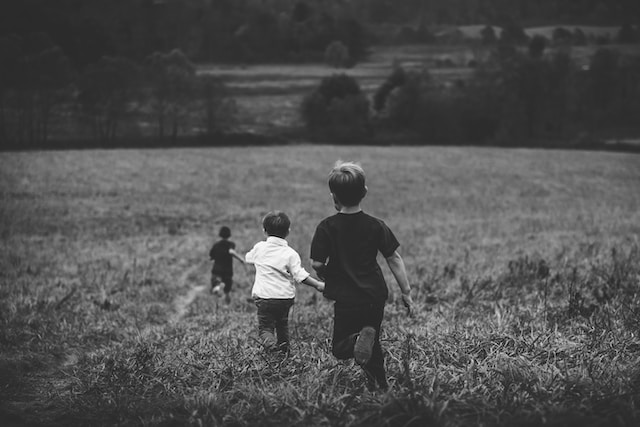
Introduction
For parents and caregivers, the toddler years are a time of both wonder and challenges. Toddlers are known for their inquisitive nature, boundless energy, and an ever-growing sense of independence. One of the most effective tools for navigating these formative years is the establishment of a daily routine. In this article, we will delve into the importance of routines for toddlers and explore how they create predictability and stability in a child’s life. Additionally, we’ll recommend some engaging kids cartoons that can help reinforce the concept of routine in a fun and educational way.
- The Role of Routine
Routines play a vital role in a toddler’s life:
Structure and Predictability:
Routines offer a sense of structure, making a toddler’s world more predictable.
Emotional Security:
Predictable routines provide emotional security and comfort to toddlers.
Developmental Benefits:
Routines can aid in various aspects of development, from social skills to self-discipline.
- Setting Up a Toddler Routine
Creating an effective routine for your toddler involves several key elements:
Consistency:
Ensure that the routine is consistent and predictable, which helps your child feel secure.
Flexibility:
While routines are essential, they should also allow for some flexibility and spontaneity.
Visual Aids:
Visual schedules with pictures or symbols can help toddlers understand and anticipate daily activities.
- Morning Routines
Starting the day with a consistent routine sets a positive tone:
Waking Up:
Gently wake your toddler at the same time each day.
Dressing and Breakfast:
Having a structured sequence for getting dressed and having breakfast creates a predictable start to the day.
- Play and Learning Time
Incorporate play and learning activities:
Educational Play:
Engage your toddler in educational games, puzzles, or creative play.
Storytime:
Include a daily storytime session to foster a love for books and reading.
- Naptime and Bedtime Routines
Establishing a calming bedtime routine is essential:
Naptime:
Keep naptime consistent, with a relaxing pre-nap routine.
Bedtime:
The bedtime routine should be calming, including activities like a warm bath and a bedtime story.
- Mealtime and Snacks
Structured mealtimes promote healthy eating habits:
Regular Mealtimes:
Set specific times for meals and snacks.
Balanced Diet:
Offer a variety of nutritious foods and encourage good eating habits.
- Transitioning Routines
Help your toddler transition between activities smoothly:
Transitional Activities:
Use transitional activities like songs or games to move between routines.
Prepare in Advance:
Notify your child in advance of any upcoming transitions.
- Reinforcing the Routine with Kids’ Cartoons
There are several kids’ cartoons that can help reinforce the concept of routine:
Daniel Tiger’s Neighborhood:
This show often focuses on routines, and Daniel Tiger sings about everyday activities.
Peppa Pig:
Each episode follows a routine, whether it’s bedtime or a school day.
Blues Clues:
A problem-solving show that encourages children to follow routines and look for clues.
- The Benefits of Routines
Routines offer numerous advantages:
Emotional Regulation:
Routines help children learn to manage their emotions and cope with change.
Self-Esteem:
Predictable routines can boost a child’s self-esteem and independence.
Parent-Child Bond:
Sharing routines strengthens the parent-child bond and provides opportunities for connection.
10. Conclusion
The toddler years are a time of incredible growth and change, and routines play a crucial role in helping children navigate this developmental stage. They create a sense of structure, emotional security, and developmental benefits. Establishing an effective toddler routine involves consistency, flexibility, and visual aids. Morning, play and learning, naptime, and bedtime routines should be carefully structured. Mealtime routines help instill good eating habits, and transitional activities ease transitions between activities. Kids’ cartoons that focus on routines can be a valuable tool in reinforcing these concepts for your child. By understanding the role of routines and implementing them effectively, you can provide your toddler with a stable and nurturing environment that supports their growth and development.







